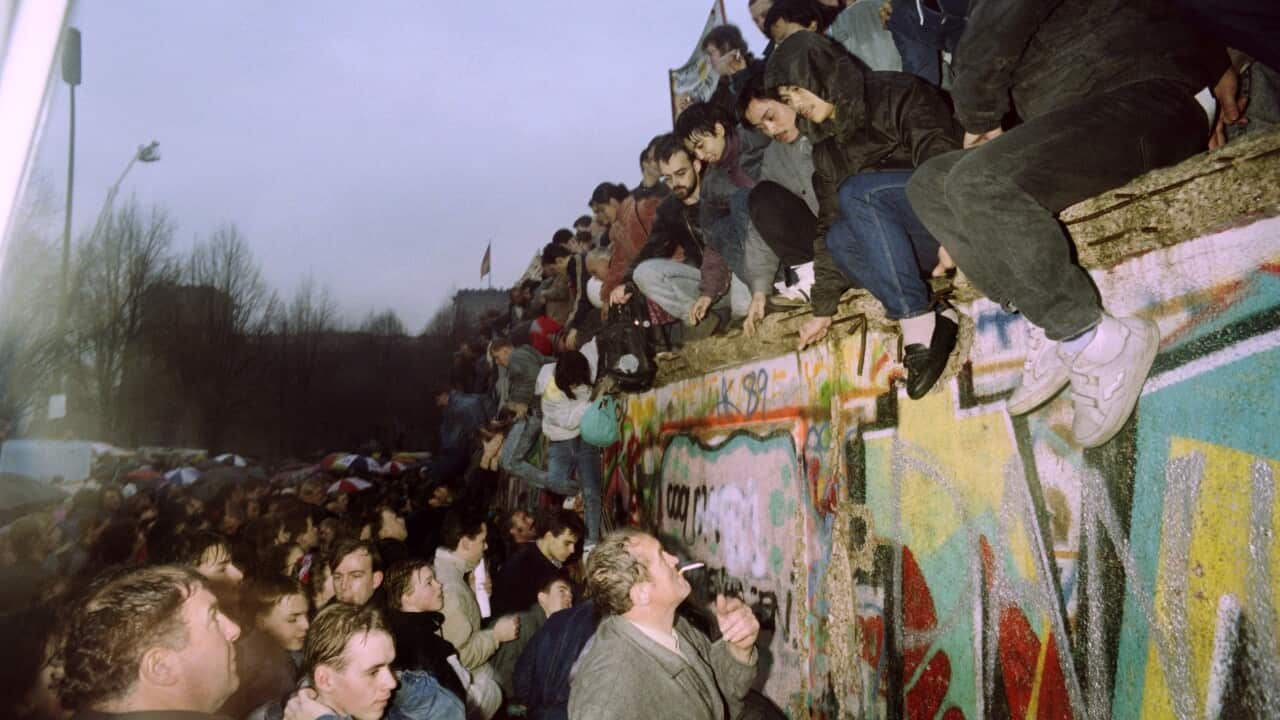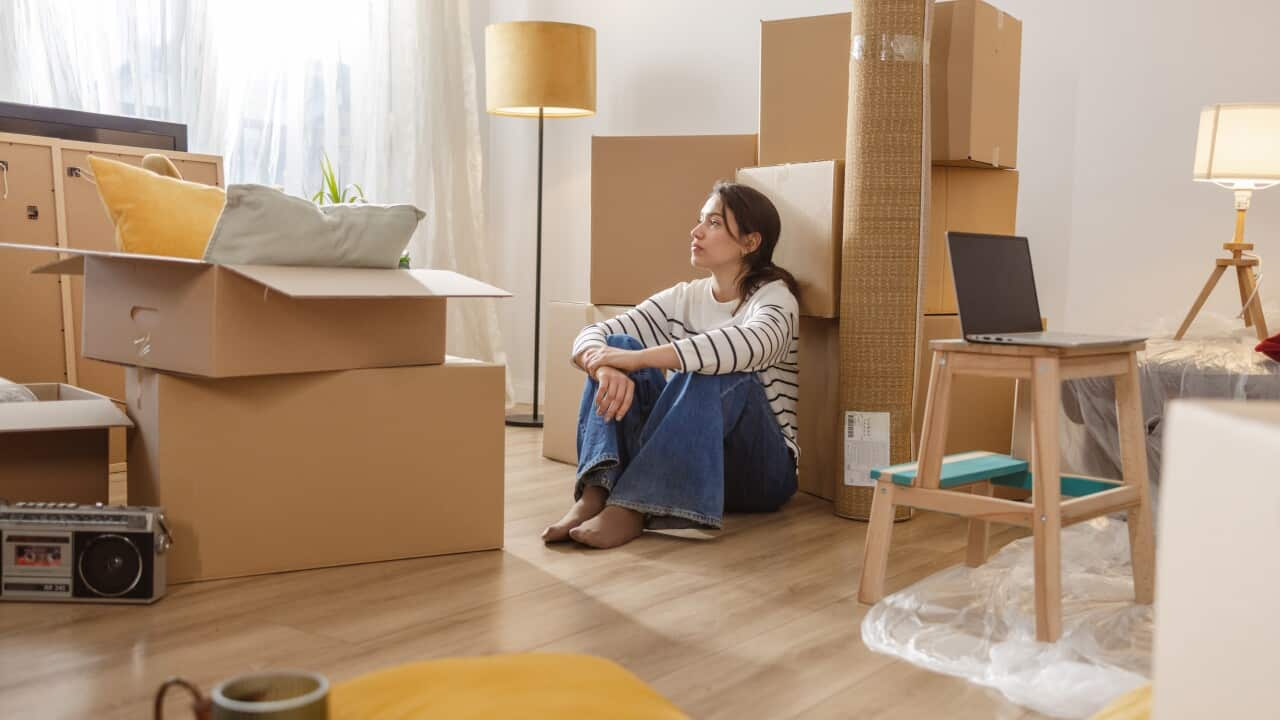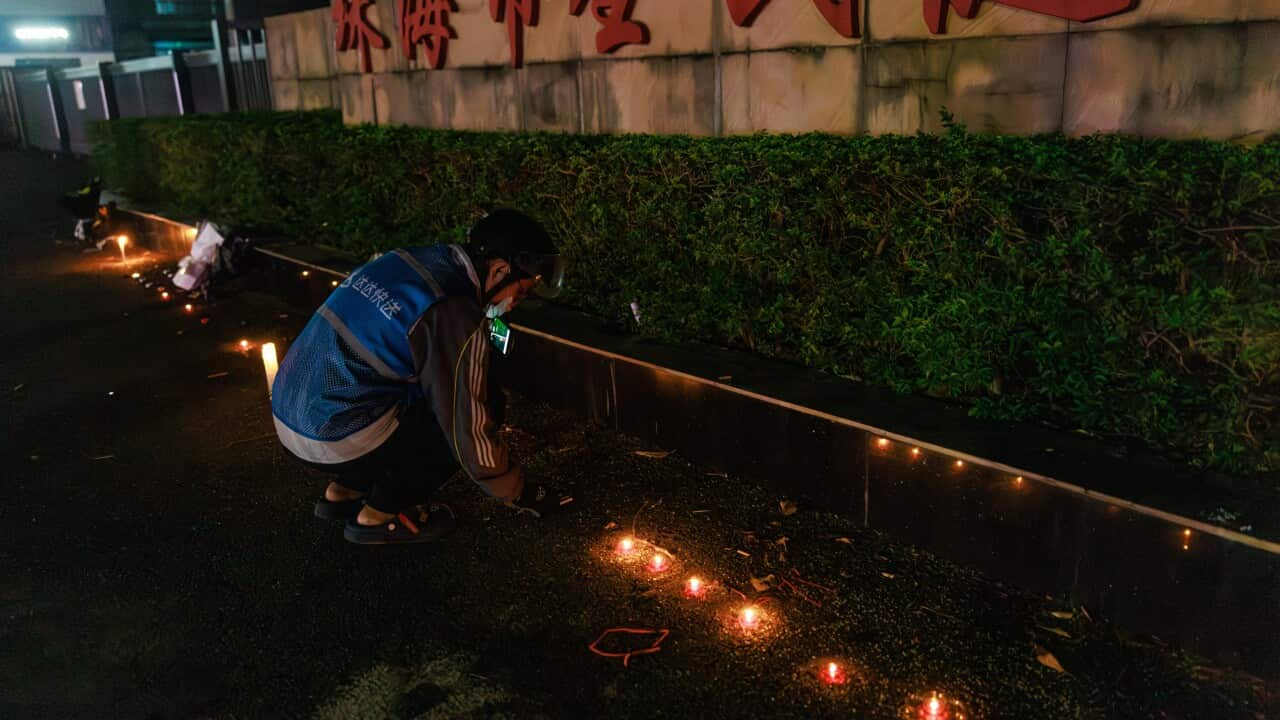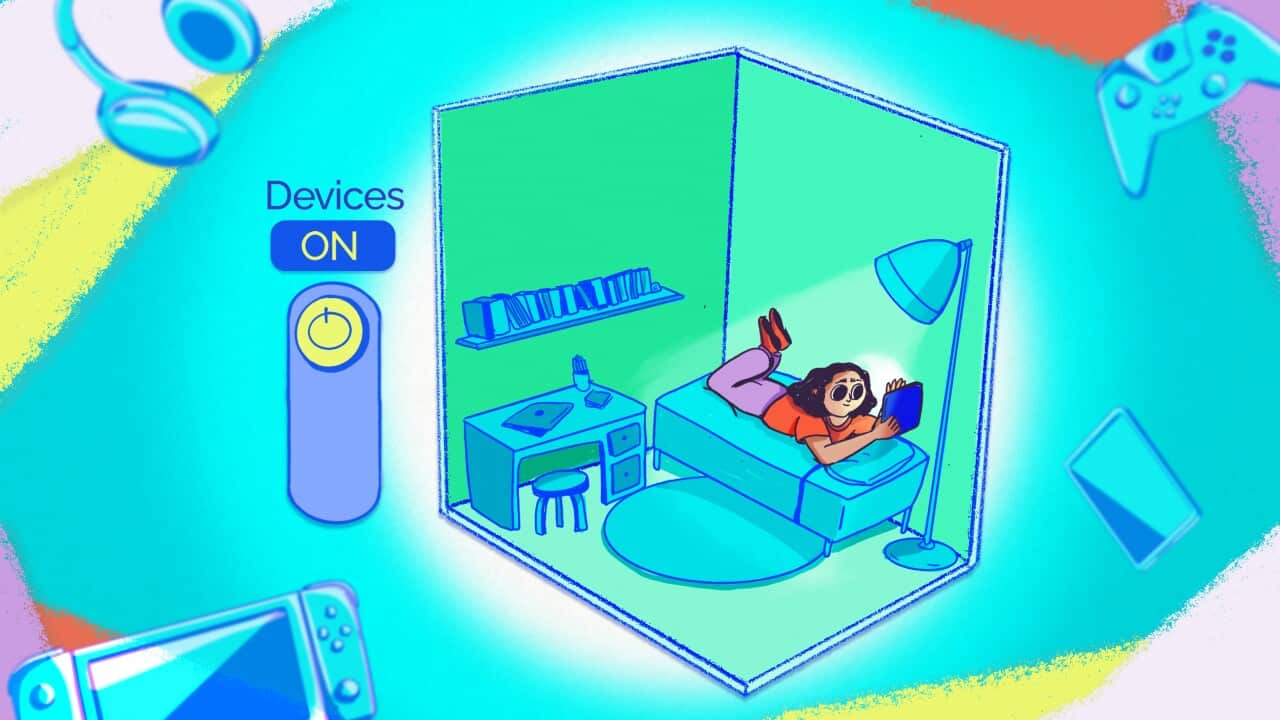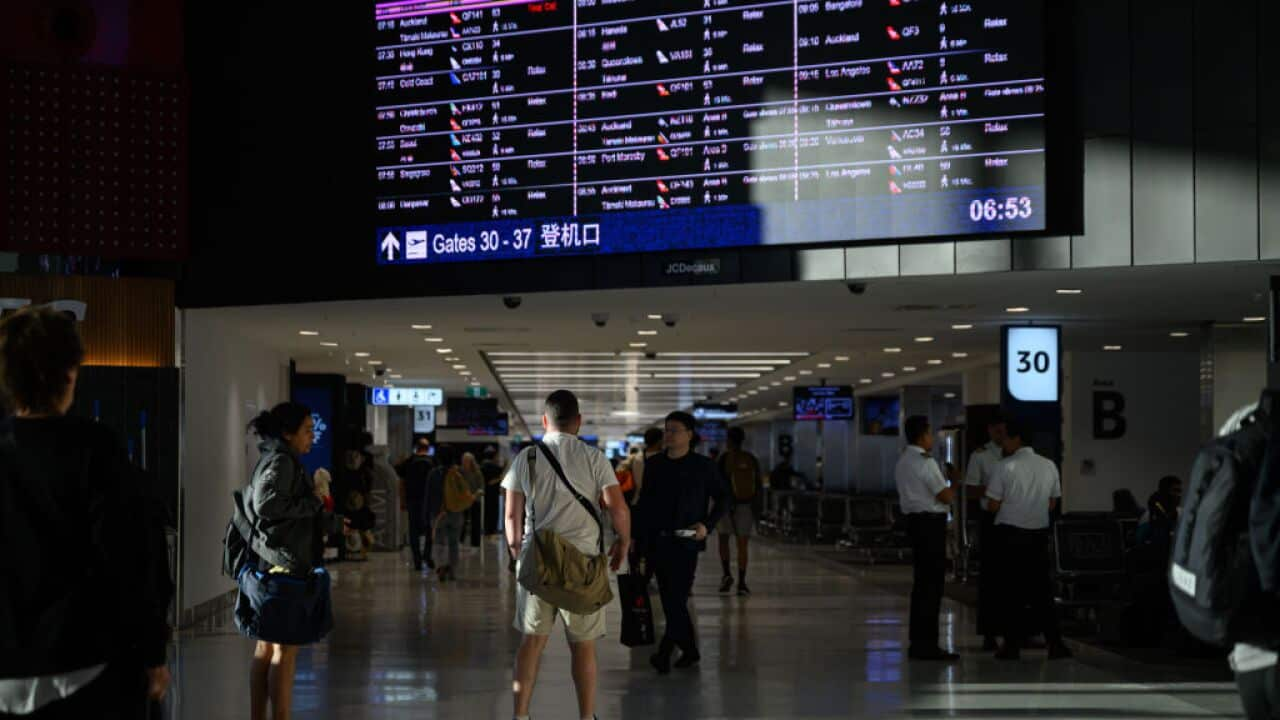Key Points
- The notorious Berlin Wall ‘fell’ or was opened on 9 November, 1989.
- Thirty-five years later, German Australians and others reflect on the era.
- The German ambassador says the ‘peaceful revolution’ should inspire people today.
“I didn’t believe it was true. Because it was, it felt so impossible or so unlikely that this would have happened. And then I went through my day and it was on the radio and TV again and again and again.

A map of East and West Germany before reunification in 1990.
“And then you saw the pictures of the people marching through the gates and being at the wall. And then I started to believe it.”
It was in fact made up of two walls, both four metres tall and separated by a mine corridor known as the ‘death strip’.

Olaf Kretzschmar was 16 when the wall came down. Credit: Supplied
It was heavily guarded and included 302 watchtowers with guards authorised to shoot anyone who tried to escape.
At 6.52pm on 9 November 1989, Berlin’s Socialist Unity Party leader Günter Schabowski made an unanticipated announcement at a press conference, including new travel regulations, effective immediately, which allowed citizens to cross freely into the West for the first time in decades.

People at Brandenburg Gate in the wall on 10 November, 1989. Credit: ullstein bild/ullstein bild via Getty Images
East Germans flocked to the border, eager to cross the line that had divided them for more than three decades.
After the fall, families once separated for decades were reunited while places once thought unimaginable to visit, were once again reachable.
‘He started crying’
“We should remember the courageous men and women who demonstrated months before in East Germany against a then-communist regime,” she said.

A man chips off a piece of the Berlin Wall using a hammer and chisel among members of the crowd rugged up against the cold on November 12, 1989. Credit: Roxanne McCann/Getty Images
“We must not forget that, and it took some personal risks, and that in the end a peaceful revolution took place. There was no bloodshed.
“This is not only the case with the German reunification but when you look at Eastern Europe, the Baltic states as well had to wait many years and had to not give up their ideal of freedom and unity. And finally, they also were rewarded.”

German Ambassador to Australia, Beate Grzeski. Credit: Supplied
The wall was officially dismantled by border guards between June and December 1990 with 1.7 million tonnes of rubble produced.
Germany’s reunification on October 3 1990, less than a year after the fall of the wall, was not instantly embraced by all neighbouring countries but ultimately led to a stronger, unified Europe, she said.

